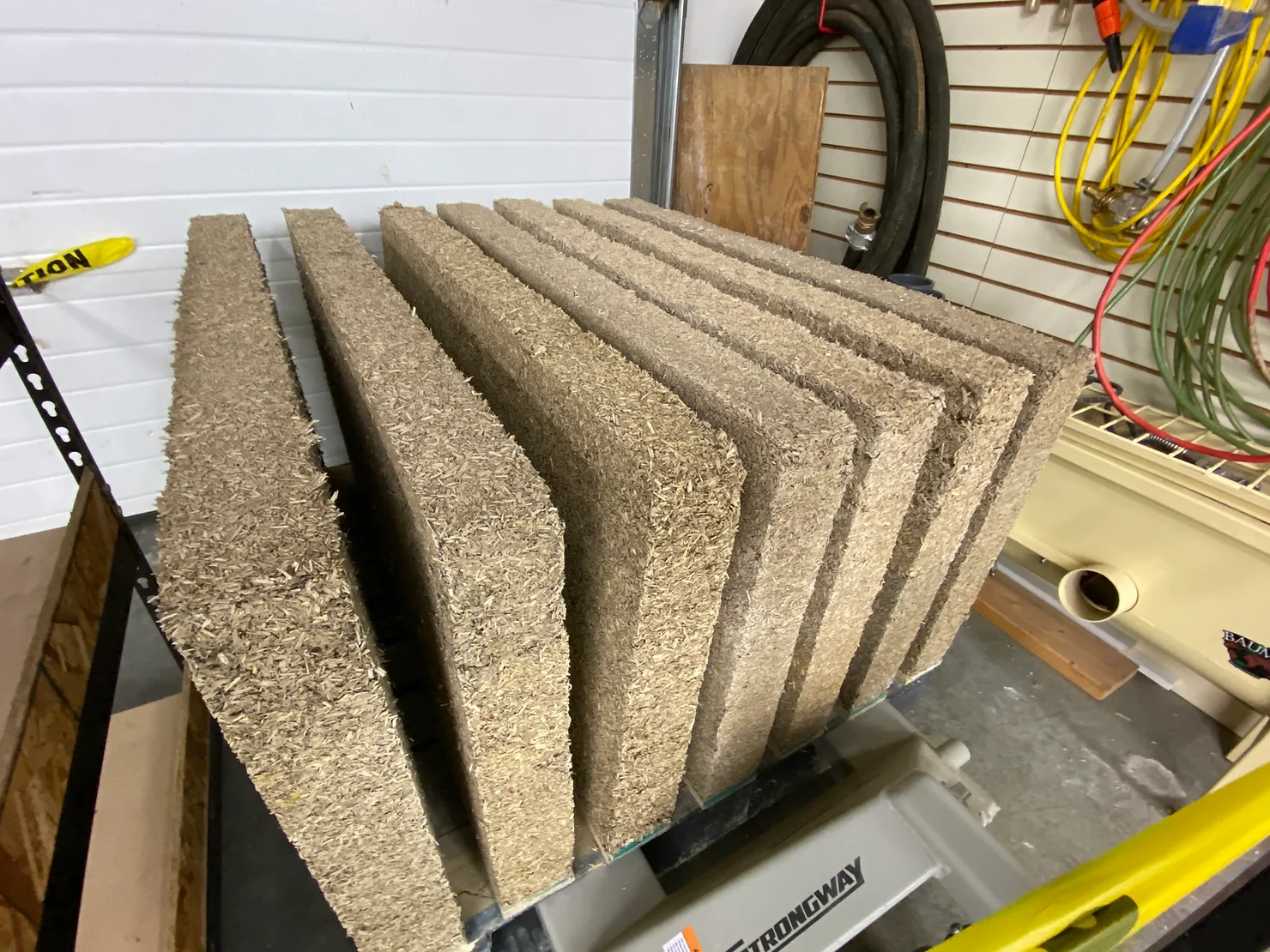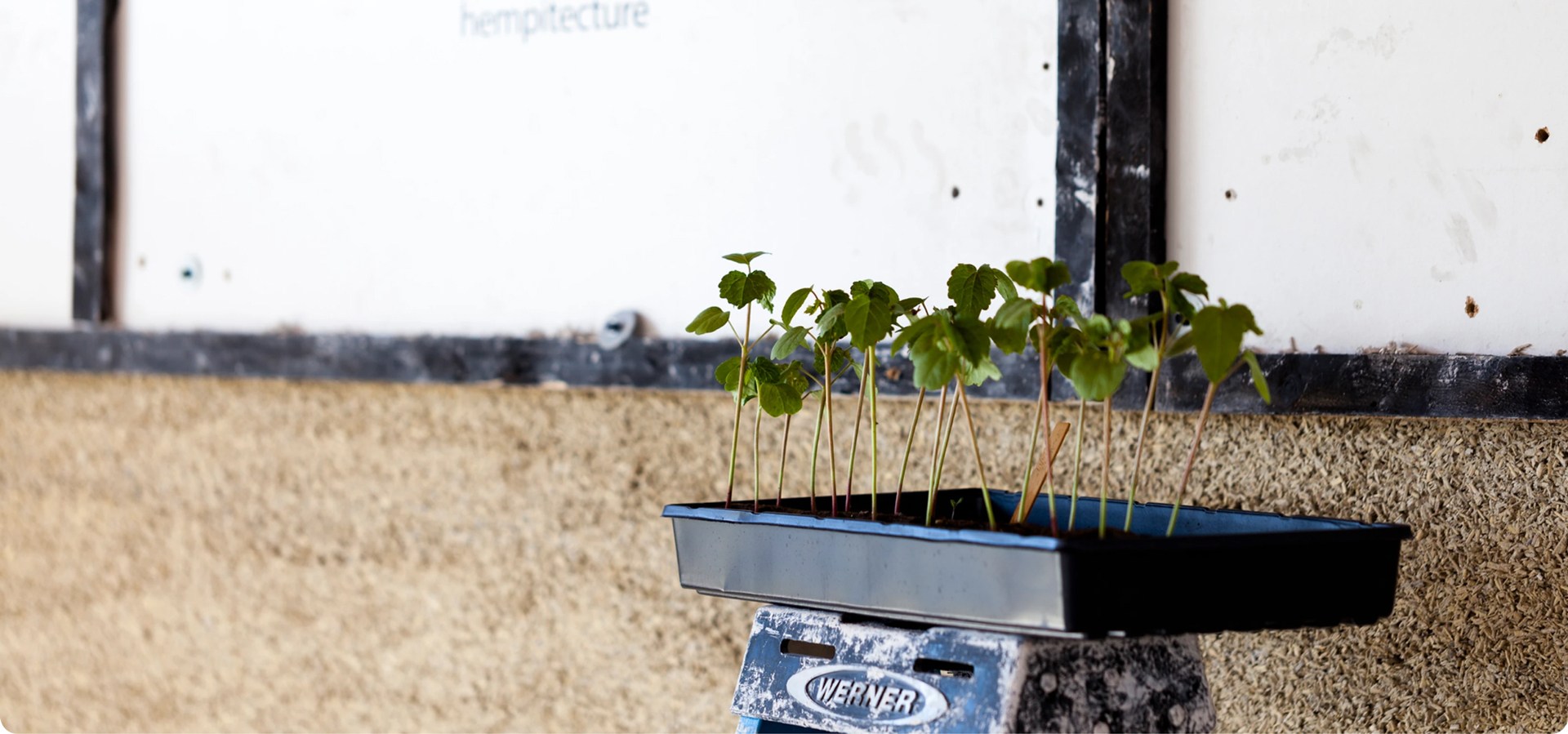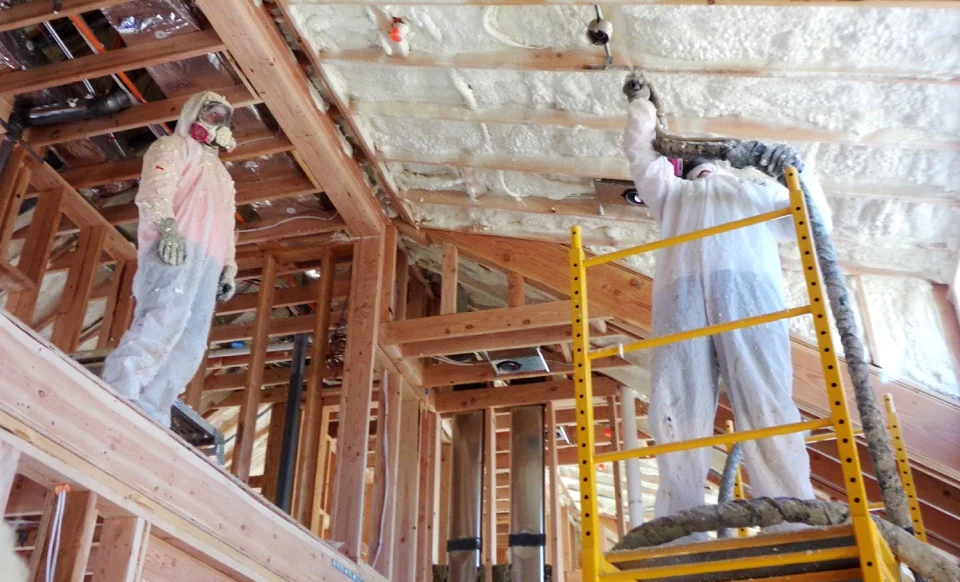Updated: Oct 21, 2022

When it comes to home insulation materials, mineral wool is one of the most popular. Mineral Wool is made from crushed, melted rocks which are spun into thin stands and layered together in mats before being treated with a chemical binder and heated in an oven over 2000 degrees Fahrenheit for hardening.
Mineral Wool has long been regarded as a go-to for many home builders thanks to its durability and insulative properties. However, with the push for eco-friendly materials becoming larger by the day, mineral wool is less highly regarded by home builders seeking the most sustainable options. Alternatives to mineral wool are currently in severe demand, and thankfully there are plenty to choose from.
In case you’re in charge of insulating a home and you want a superior, eco-friendly alternative to mineral wool, let’s explore a few options, as well as break down some of the pros and cons of rock wool itself.
Why Isn’t Mineral Wood Suitable for Insulating a Home?
To sum it up, mineral wool isn’t eco-friendly enough for today’s sustainable construction standards. The production of mineral wool is not environmentally conscious in the slightest, since it requires heavy machinery to extract and requires a lot of energy to make with its high-temperature ovens. to produce, and emits tons of carbon dioxide emissions in the process.
Mineral Wool needs chemicals added in order to harden it and make it water-resistant. These chemicals prevent mineral wool from being biodegradable and in terms of cost, it’s more expensive than the average insulation. RockWool has however, done a great job at elevating the importance of a well insulated thermal envelope. Thanks to RockWool, more builders are conscious to the insulation choices being made within the thermal envelope of a home or building.
The 4 Best Alternatives to Mineral Wool Insulation
If you’re looking to minimize the carbon footprint of your insulation and are concerned about the emissions of mineral wool manufacturing, there’s no need to worry. There are a ton of alternatives that perform just as well in all the relevant metrics, yet aren’t nearly as harmful to the environment.
1. Sheep’s Wool
Unlike mineral wool, sheep’s wool is made from the actual wool of sheep. It is soft, and thick, and makes an excellent choice for insulating your home. Sheep’s wool is made by shredding the wool of sheep and compressing it into thick mats that can be cut to size. It comes in batts which are easily stuffed into wall cavities during installation.
Sheep’s wool is much more eco-friendly than mineral wool because it’s a highly renewable resource that takes only a pair of clippers to harvest. That said, there is a carbon aspect of Sheep’s wool, in that the wool itself comes from New Zealand to the US. Transport on cargo ships burning bunker fuel is not environmentally friendly, even if the material itself is.
Sheep’s wool is naturally resistant to moisture and will even absorb and release moisture into the air as the humidity in the home changes. It’s also naturally mold-resistant and fire-retardent too. The downside of sheep’s wool is that it’s more expensive than most other insulation options. Sheep wool insulation also comes with a carbon footprint from raising sheep.
2. Cotton
Cotton insulation is made by shredding up recycled cotton, like old pairs of blue jeans and other cotton clothing. The cotton is shredded and compressed into batts for installation.
Cotton is flammable by nature, so borate is added during the process to make it flame-retardant. This lowers the eco-friendliness of cotton a bit, but it’s still technically recyclable.
Cotton is naturally resistant to insects and will not cause respiratory issues either. One of the main downsides of using this material as an alternative to mineral wool, however, is the cost. Cotton is about twice as expensive as standard fiberglass insulation. Today, cotton insulation is less available on the market as the primary producer of cotton insulation has shifted away from the building materials industry.
3. Aerogel
Aerogel is made from silica that has had the liquid removed and replaced with air. It’s 10% silica and 90% air. While incredibly lightweight, this material is an excellent insulator that makes it very difficult for heat to pass through.
Aerogel is very easy to install, and is available in sheets and stickers for quick installation. However, much like cotton, Aerogel is one of the most expensive types of mineral wool alternatives out there, costing up to two dollars per square foot at an R-value of 10.3.
4. HempWool®

One of the most eco-friendly and effective insulation options on the market right now is hemp. Hempitecture HempWool®, specifically, is known for its efficacy as an insulative material.
Hemp insulation from Hempitecture is made from 92% plant fibers, making it compostable. Using hemp fibers instead of a less eco-friendly material, like synthetic fibers, lowers the carbon footprint of the home while providing stellar insulative qualities.

Hemp insulation from Hempitecture is naturally resistant to insects, mold, and moisture. It also helps insulate against noise pollution to a certain degree as well. It can be used on walls, floors, and ceilings.
The fire retardant used to treat HempWool® is biobased and nontoxic, and it comes in batts for easy installation. Hempitecture HempWool® is also pressure fit, so it can be easily cut to size during installation for a perfect fit.
The Best Alternative to Using Mineral Wool Insulation is Hemp
Mineral wool insulation is less desirable for today’s standards of eco-friendliness. If you want insulation that’s going to stand the test of time, improve the carbon footprint of a home, and is affordable as well as efficient, look no further than Hempitecture HempWool®.
If you want the best mineral wool alternative available, contact Hempitecture today to get in touch with a professional.



